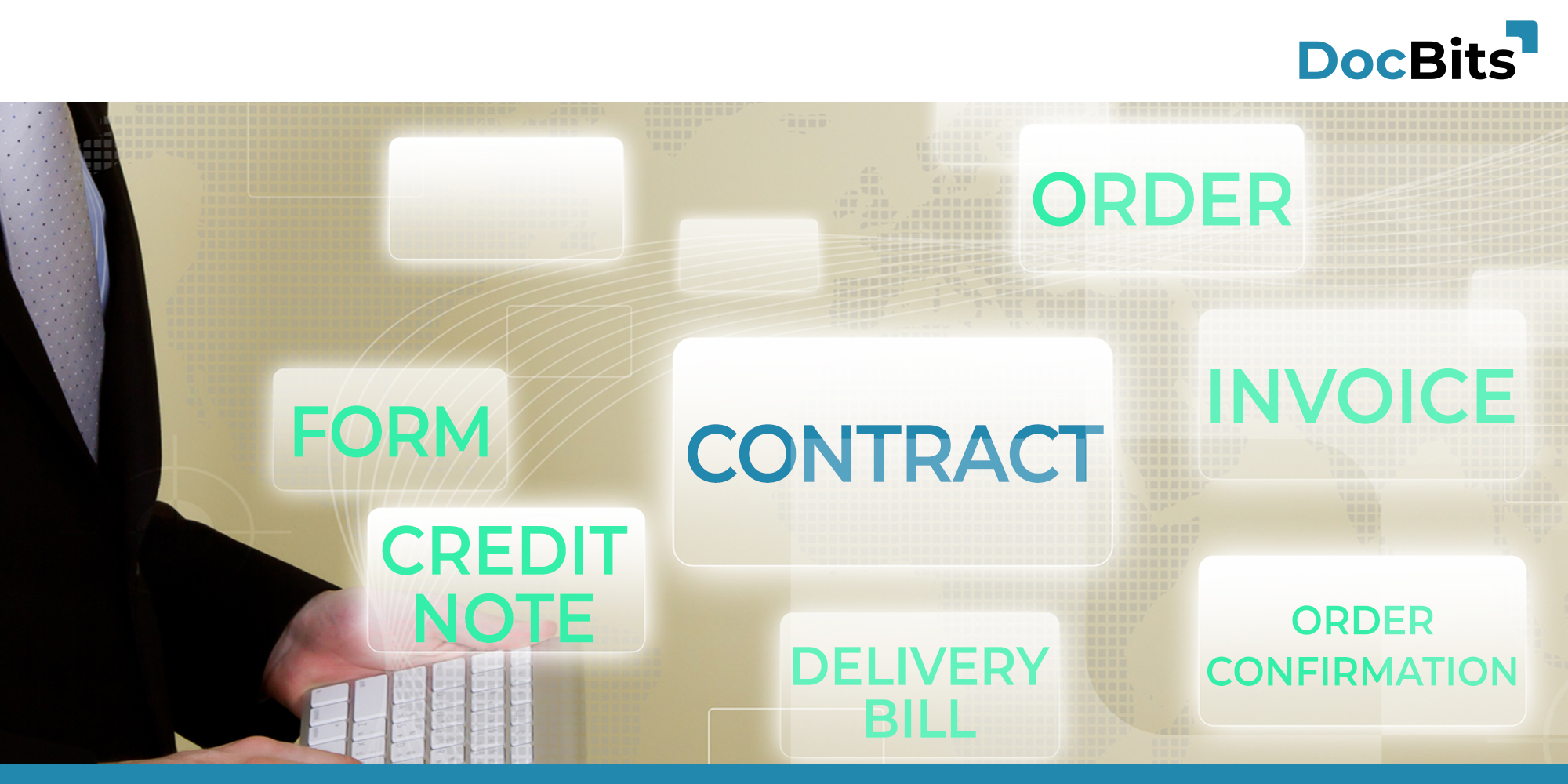A contract is a legal agreement between two or more parties (e.g., between individuals, businesses, or between an individual and a business) that establishes certain rights and obligations. A contract can be written or oral and can take different forms depending on what has been agreed and what laws apply.
A contract is a legally binding document that is usually used to avoid misunderstandings or conflicts between the parties and to ensure that each party fulfills its obligations.
A contract is formed by the offer and acceptance of the offer between the parties. Here are the basic steps that lead to the formation of a contract:
Offer: A party makes an offer to enter into a contract. This offer can be made in writing or verbally and usually includes details such as the price, quantity, and delivery terms.
Acceptance: the other party must accept the offer in order to enter into a contract. Acceptance can be made by written or oral statement and must accept the terms of the offer.
Negotiation: if there are disagreements or discussions about the terms, the parties can negotiate to reach an agreement. In this case, the offer and acceptance may be modified several times until both parties are satisfied.
Conclusion of Contract: Once both parties agree on the terms, the contract is signed. The contract can be oral or written, depending on the requirements of the law or the parties.
It is important to note that a contract is only legally binding if both parties have a clear and unambiguous intention to enter into a legal agreement and if all terms and conditions are clearly stated.
In Germany there are different types of contracts, which are regulated in the 2nd book BGB. Here are some examples of probably the best known and most common contracts:
Contracts can take different forms. Some are informal (purchase contract), i.e. they do not necessarily have to be in written form, while others, such as the employment contract, must be in written form. Even if the purchase agreement is informal, in many cases a written agreement is drawn up. This provides security and clarity. Should a legal dispute arise, it is good to have the written contract as a proof document.
Of course, the content of the contract depends on the type of contract (purchase contract, rental contract, employment contract or loan agreement), but a written contract should at least contain the following contents:
It is important to note that even though a contract does not have to be in writing, it is often useful to put it in writing. This avoids misunderstandings and clearly documents the terms and conditions.
Contracts in written form are also important documents, which may also be subject to a retention obligation and must be processed and handled in a company in the same way as other documents.
Our DocBits software solution can help you process your documents in a simple and intelligent way. It uses AI swarm intelligence and machine learning, which enables it to precisely identify, classify, analyze and read documents (contract, invoice, delivery bill & Co.).

Share: